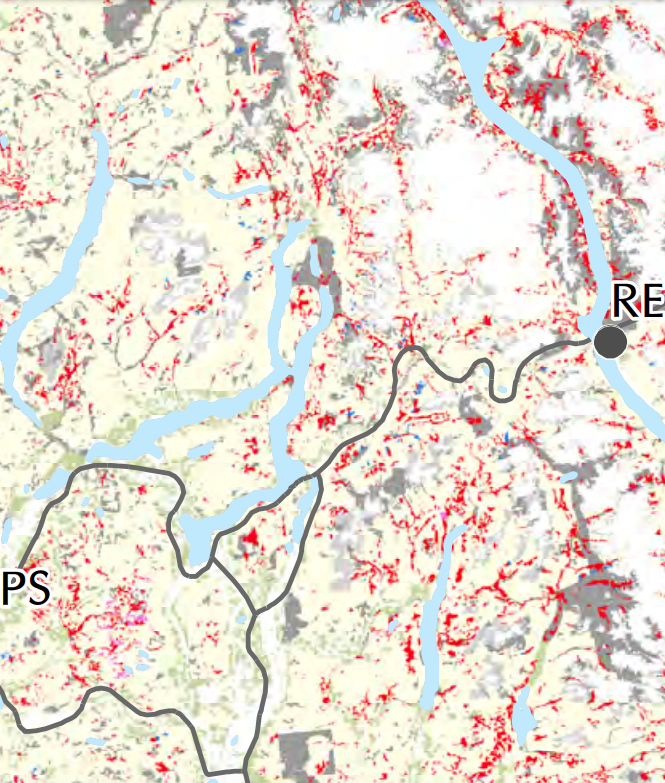
On November 2nd, the B.C. government announced plans to defer logging in approximately 2.6 million hectares of old growth forest. After two decades of disappointment with forestry policies that have allowed the industry to run the agenda and that resulted in the loss of likely many thousands of hectares of more precious, ecological rich ancient forests, I am now cautiously optimistic about yesterday’s old growth protection plan.
Hopefully, the local First Nations will support the plan to set aside what appears to be many hundreds of hectares of old growth forest here in the Shuswap. While the mapping appears to be haphazard, with red blotches appearing throughout the landscape where there are some age class 8 or 9 stands of trees, the key areas that need protection will be those that are adjacent to existing protected old growth areas, parks and riparian areas. Also, those old growth stands that help add connective corridors for wildlife are also important to protect. Even the isolated islands of old growth offer some ecological value by providing refuge habitat for species that depend on it.
The forest industry is already making wild claims about job loss and mill shutdowns, which they themselves are adept at given how overcutting and automation has already caused extensive job loss. This comes from an industry that only now employs 2 percent of the province’s workforce and contributes just 2 percent of the province’s GDP. Over the last few decades, 52,000 forestry jobs have been lost. Fortunately, any forest workers who might get laid off as a result of old growth protection will likely be able to easily find employment in other fields once they are re-trained, given how many industry sectors, like construction, are desperately searching for workers.Another consideration regarding the announcement is the role that intact forests have in mitigating climate change.
Forests are important carbon sinks, and already B.C.’s forests are emitting far more carbon than they are sequestering, due to clearcutting, fires, pests and diseases. If Canada and the province is really going to seriously commit to its global objectives, it must drastically reduce logging and plant many more trees. There are many alternatives to trees for building materials and paper, such as hemp. So, just as we need to move to fossil fuel alternatives, we also need to move to alternatives to wood fibre.Yesterday’s announcement is an important first step, but we cannot celebrate until the deferrals become actual protected areas.






